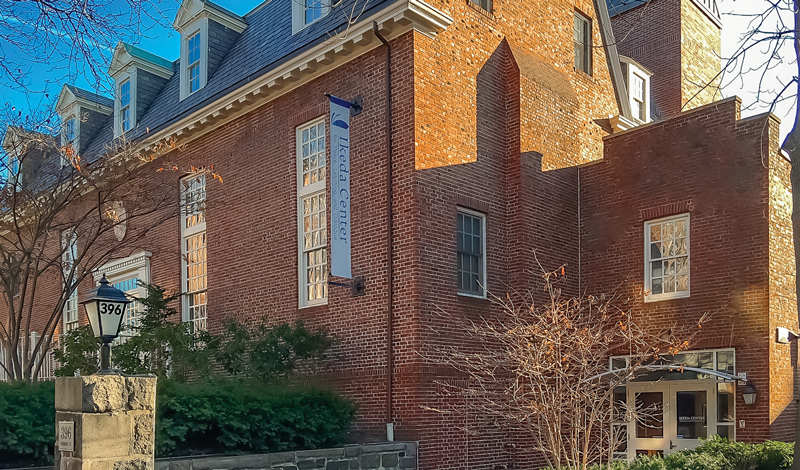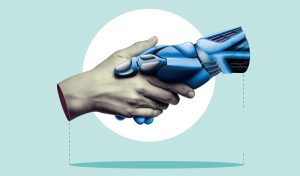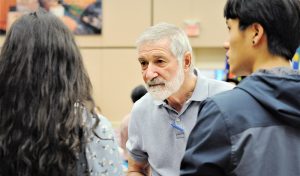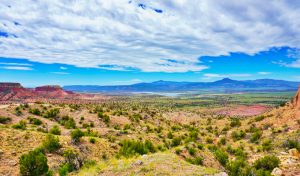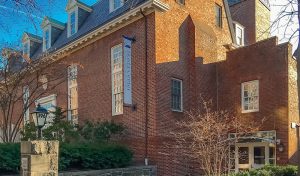Living Buddhism interviewed Virginia Benson, first director of the Ikeda Center for Peace, Learning, and Dialogue, about attending Ikeda Sensei’s second Harvard University lecture, “Mahayana Buddhism and Twenty-First Civilization,” in September 1993, and why his message is even more applicable today.
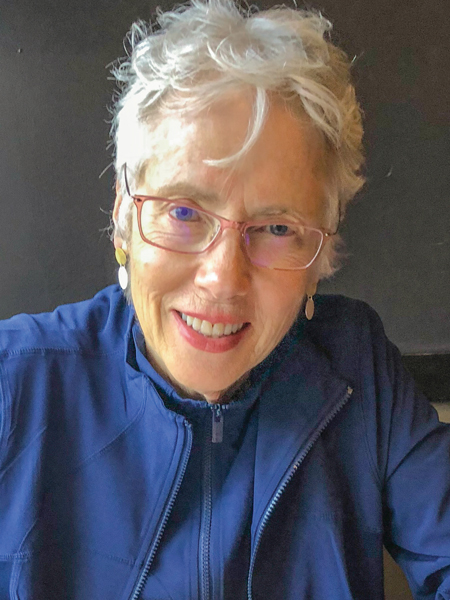
Living Buddhism: Thank you for speaking with us about Ikeda Sensei’s second visit to Boston 30 years ago this month. What were you doing at the time?
Virginia Benson: I had been working for a public policy think tank in Boston dealing with state and local issues. I was also active in the SGI-USA culture department. I went to lectures by scholars whose messages were related to Buddhism.
Can you tell us a bit more about your career path?
Benson: I had worked in Washington, D.C., in Congress, the Treasury Department and the White House. I was discouraged by partisan conflicts that made it impossible to
advance sensible policies to benefit people. In 1986, I started a public policy think tank with the hope of bringing together humanistic ideas that could inform compassionate government policies. I still struggled, however, to feel I was making a difference.
In 1992, I had a breakthrough while attending a culture department training course at the Soka Gakkai’s Nagano Training Center in Karuizawa, Japan. During a Q&A session, Sensei encouraged me to become a brilliant shining sun in my own field. I felt as if he were telling me to create my own vision of what I could do in the world. I realized I had been supporting the grand vision of others. Based on this renewed confidence, I soon became the director of the institute.
By the time Sensei visited Boston in 1993, I had cultivated relationships with many scholars from my work at the think tank as well as through seeking out interesting academics.
This marked Sensei’s second lecture at Harvard, “Mahayana Buddhism and Twenty-First-Century Civilization.”[1] What do you recall about the lecture?
Benson: Prior to the lecture, a Foreign Affairs piece came out by political scientist and longtime Harvard University professor Samuel P. Huntington called “The Clash of Civilizations.” He proposed a thesis that, following the Cold War, global conflicts would be rooted in culture and religion, creating a bleak forecast for international affairs. In this atmosphere, I recall Sensei’s lecture being warm and human.
When he was introduced, he stood up, thanked everyone on the panel, including John Kenneth Galbraith, who at 6 feet, 6 inches tall, stood over a foot taller than Sensei. Sensei put his hand way up over his head and jumped. Everyone laughed. The atmosphere had been so formal, and Sensei completely broke the ice. He wasn’t afraid to have people laugh at him. In a room filled with academics from various disciplines who were all proud of their professional achievements, he spoke to them instead as human beings, giving them clues on how to advance peace and what Buddhism could offer.
What struck you in the lecture?
Benson: I had just been asked to be director of a research and dialogue center Sensei proposed establishing near Harvard. So I was going into the lecture seeking how I could embody his vision for peace in this new role.
The points he made about the power of dialogue really inspired me. The Huntington thesis [which divided the world into major civilizations] pitted the West against the rest. Also, I was struck by the story of Shakyamuni, how he leads with joy, has a bright countenance and is untrammeled by dogma. This story inspired the foundational spirit of the Ikeda Center: to provide this space for openhearted dialogue.
How did this impact your view of finding a way forward?
Benson: At a time when the United States was becoming the sole superpower, and a new world order to support the U.N. seemed to be shaping up, the notion of a clash of civilizations was a very sad thing. Sensei explained how Shakyamuni perceived the invisible arrow of prejudice in people’s hearts, the mindset to discriminate against others. We are advancing a philosophy to pull out the arrow of discrimination.
Was there a connection between this visit and Sensei opening the Ikeda Center for Peace, Learning, and Dialogue?
Benson: Yes, on the day of the lecture, September 24, 1993, Sensei established the center to facilitate sustained engagement with academics who had shown an interest in his peace proposals and ideas of Buddhist humanism. It was a place for them to continually engage in dialogue regarding this philosophy.
Two days later, Sensei met with the new center’s small staff. I felt an awesome sense of responsibility to have a job related to my faith, tasked with Sensei’s vision to fulfill. During this meeting, he likened our endeavor to that of the Mississippi River. This river started with a single drop. In the same way, this center is a drop but will one day become the Mississippi River. This gave me confidence that I didn’t have to accomplish the vision overnight. It became our “Mississippi River” guidance.
In your view, what are key points we should keep in mind from Sensei’s lecture as we navigate an ever-divisive world with existential threats?
Benson: This lecture always rekindles in me my respect for the greatness of our Buddhist philosophy and how it stands up in the most critical context.
In it, Sensei refers to the cycles of life and death as “abiding joy in death as well as in life.”[2] Sensei continued: “If the tragedies of this century of war and revolution have taught us anything, it is the folly of believing that reform of external factors, such as social systems, is the linchpin to achieving happiness. I am convinced that in the coming century, the greatest emphasis must be placed on fostering inwardly directed change. In addition, our efforts must be inspired by a new understanding of life and death.”[3] This reminds me that there is an intrinsic eternal life in all living beings. And that if we can develop that awareness and understand life and death in that context, we can overcome the violence and prejudice in the world.
I also feel we need to have confidence as Buddhists that dialogue is more effective than force. Through this lecture, it’s as if Sensei is remonstrating with a mindset that justifies nations and cultures being in perpetual conflict. We can have a harmonious world if we work for it.
You are reading {{ meterCount }} of {{ meterMax }} free premium articles

